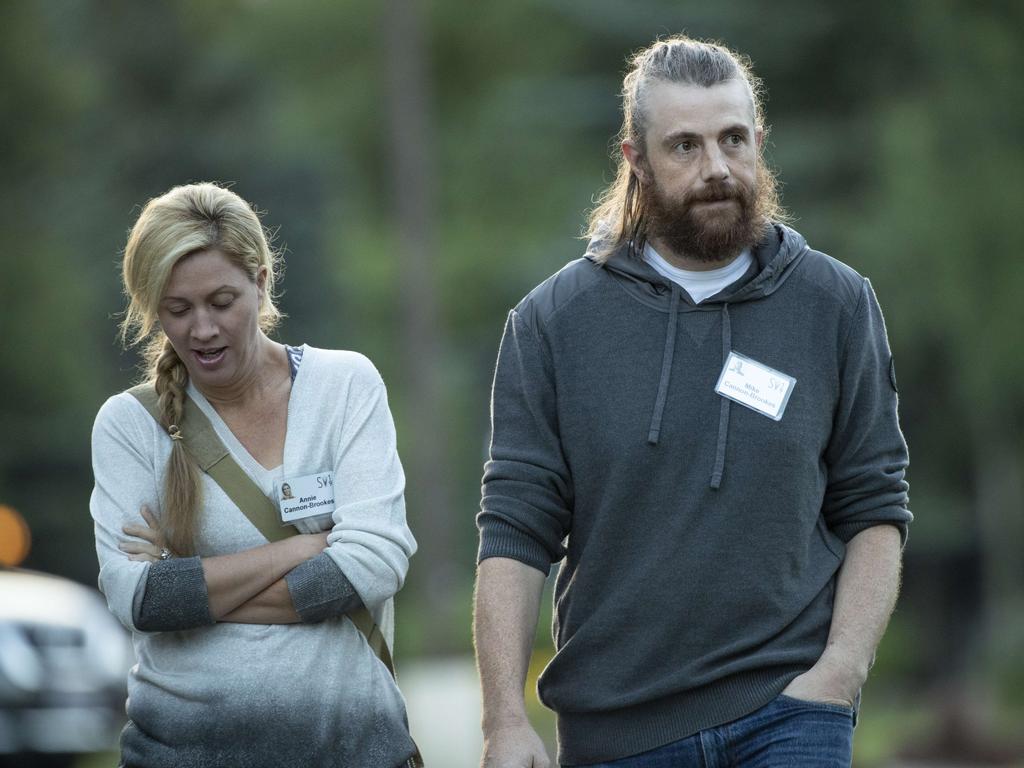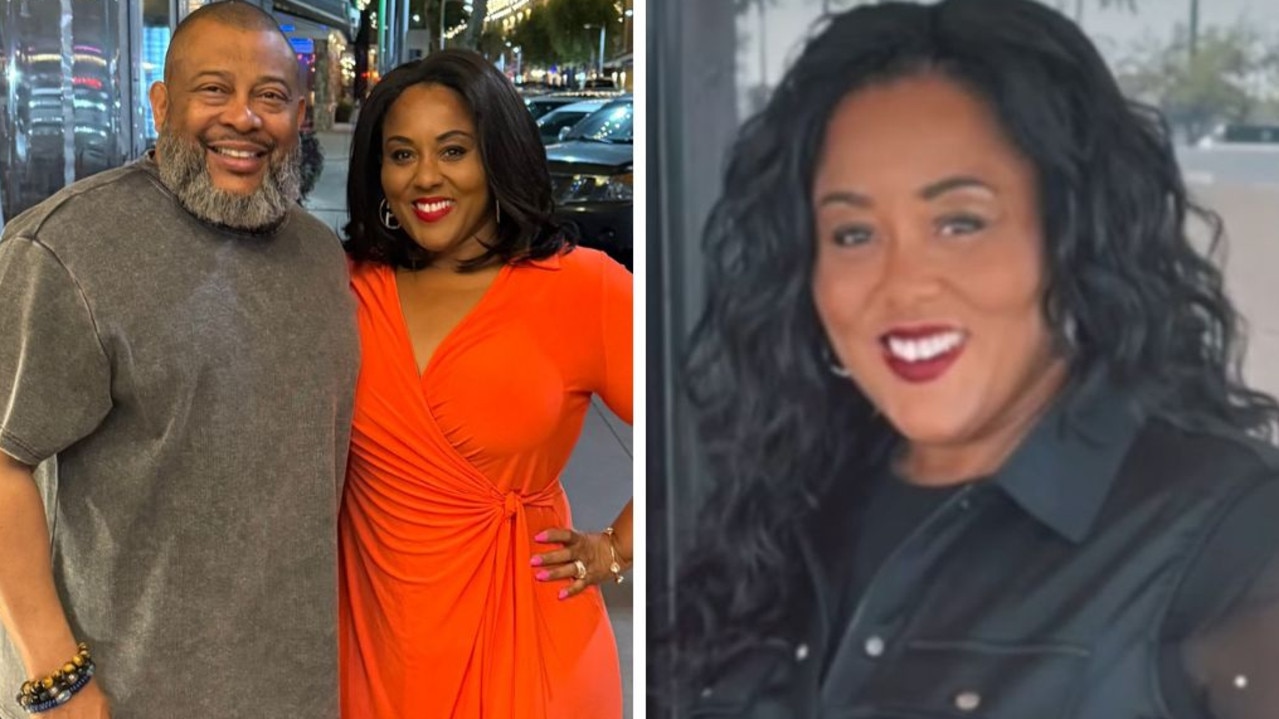‘Unprecedented’ uptick: Why we’re entering an ‘era of divorce’
Canadian leader Justin Trudeau’s sudden separation from his wife marks what experts are calling a significant new “era”.

Canadian Prime Minister Justin Trudeau shared this week that he and his wife of 18 years, Sophie, had called time on their marriage.
“After many meaningful and difficult conversations, we have made the decision to separate,” the 51-year-old wrote in a message posted to his Instagram account.
“As always, we remain a close family with deep love and respect for each other and for everything we have built and will continue to build.”
The Trudeaus’ announcement barely touched the sides. If news headlines in the last month are anything to go by, they’re merely the latest in a slew of high-profile couples – including two of Australia’s richest, Andrew and Nicola Forrest, and Mike and Annie Cannon-Brookes; popstar Ariana Grande, and actors Sofia Vergara and Joe Manganiello – to call it quits.
Divorce is in the air – and not just among the A-list. Australian Family Lawyers’ (AFL) recent Australian Relationships: Love, Marriage, and Divorce in a Modern Nation report concluded we may be entering an “era” of it.

“We are indeed seeing an increase in couples divorcing, particularly since the onset of the Covid-19 pandemic,” Leach Legal founder and owner, Catherine Leach, told news.com.au.
Ms Leach, whose firm has offices in both Melbourne and Perth, has over three decades of experience working in family law. The stress of the pandemic, she said, has put “unprecedented strain” on relationships, “exacerbating issues or even uncovering new ones”.
But the writing has been on the wall for a while now. Research in late 2021, conducted on behalf of amica, an app designed by family lawyers to help guide couples through the process of separation, indicated Australia was headed for a so-called ‘Great Separation’.
“We anticipate that there are tens of thousands of couples who have held things together as long as they can, but now want to move on without becoming one of those bitter and expensive separation horror stories we so often hear about,” National Legal Aid Director and amica project chief Gabrielle Canny told news.com.au at the time.
That same year, the number of divorces being granted peaked at a level not seen since 1976, following the legislation of no-fault divorce. ABS data showed that 56,244 divorces were finalised in 2021, compared to 49,510 in 2020 and 48,582 in 2019.

While more recent statistics aren’t readily available, the Australian Legal Partnerships survey identified an “unprecedented” uptick in business for family law services over the past six months.
Two years of lockdown – and the subsequent “increased financial pressures, health anxieties, and lack of personal space” – aren’t all that’s to blame, Ms Leach said.
“Multiple factors are contributing to this trend … The cost of living is rising, making financial stress a major contributor,” she explained.
“There is also the aspect of modern love, where societal trends lean towards prioritising individual happiness and personal growth, sometimes leading people to reassess their relationships.”

The AFL identified shifting attitudes towards commitment, the “transformative shift” of technology and social media, and gender roles and women’s empowerment – promoting a “redefinition of marital norms” – as all driving this “era of divorce”.
“The institution of marriage appears to have been affected by the demise of religious identification and the relaxing of cultural norms about having multiple relationships [across one lifetime],” head of family law for AFL in Victoria, Bill Kordos, told news.com.au, describing divorce as “omnipresent and likely to increase”.
Asked whether couples were simply opting not to “tough it out” for years in an unhappy marriage, he said it’s “not that [people] are not prepared to make it work”.
Rather, “we often find significant delays in accessing relationship counselling because [so many] do want to make it work”, Mr Kordos explained.
“A lot of counselling fails because one party has progressed much more in accepting separation than the other, which in turn fuels acrimony. The case law has reflected this trend, whereby any relationship of more than 10 years is [now] considered a long one.”

In a March story about the ubiquity of the Instagram divorce announcement (a la Trudeau), New York Magazine’sThe Cut posited that for some, especially the terminally online, the end of a marriage “can [also] be a big opportunity for personal branding”.
“Whether divorce is a painful excavation of the self or simply a pretext to sign up for a dating show, for influencers, it’s almost always worth sharing,” the piece read.
“And as more and more ‘normal’ people live their lives online, sharing marriages, babies, and everything else, the Instagram divorce announcement is bound to start showing up on the pages of friends and family members who don’t have much of a following at all. Everyone loves a rebrand.”
However, love might not be dead yet. While divorce rates are rising overall, Ms Leach pointed out that for one demographic – Millennials – they’re actually on the decline.
“This could be for a variety of reasons. Millennials are often marrying later in life when they are more financially stable and emotionally mature,” she said.
“Additionally, they tend to have a more flexible approach to relationships, often opting for long-term partnerships without legal bindings. These factors, combined with the pandemic’s effects, are reshaping the landscape of marriage and divorce in interesting ways.”






